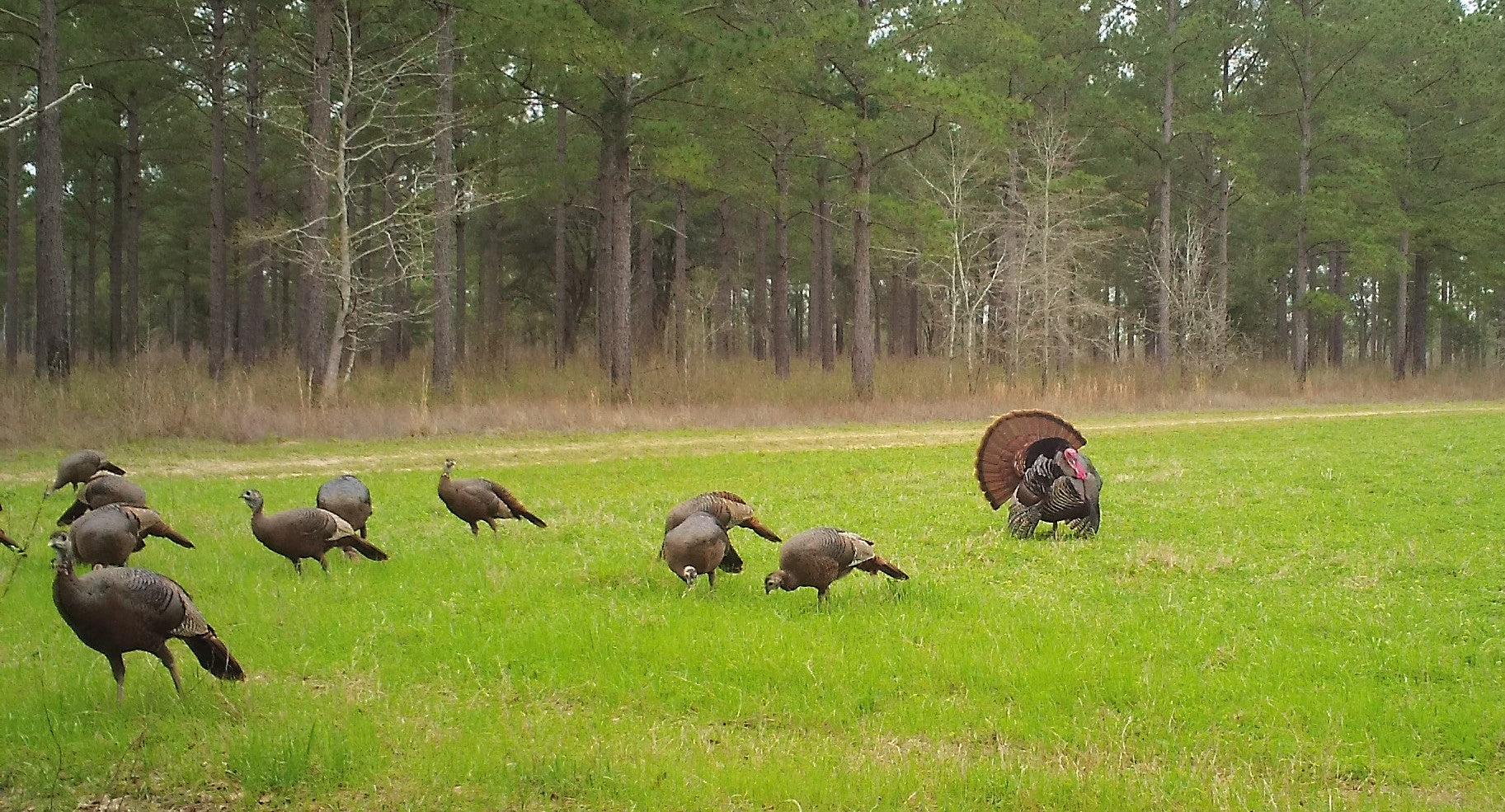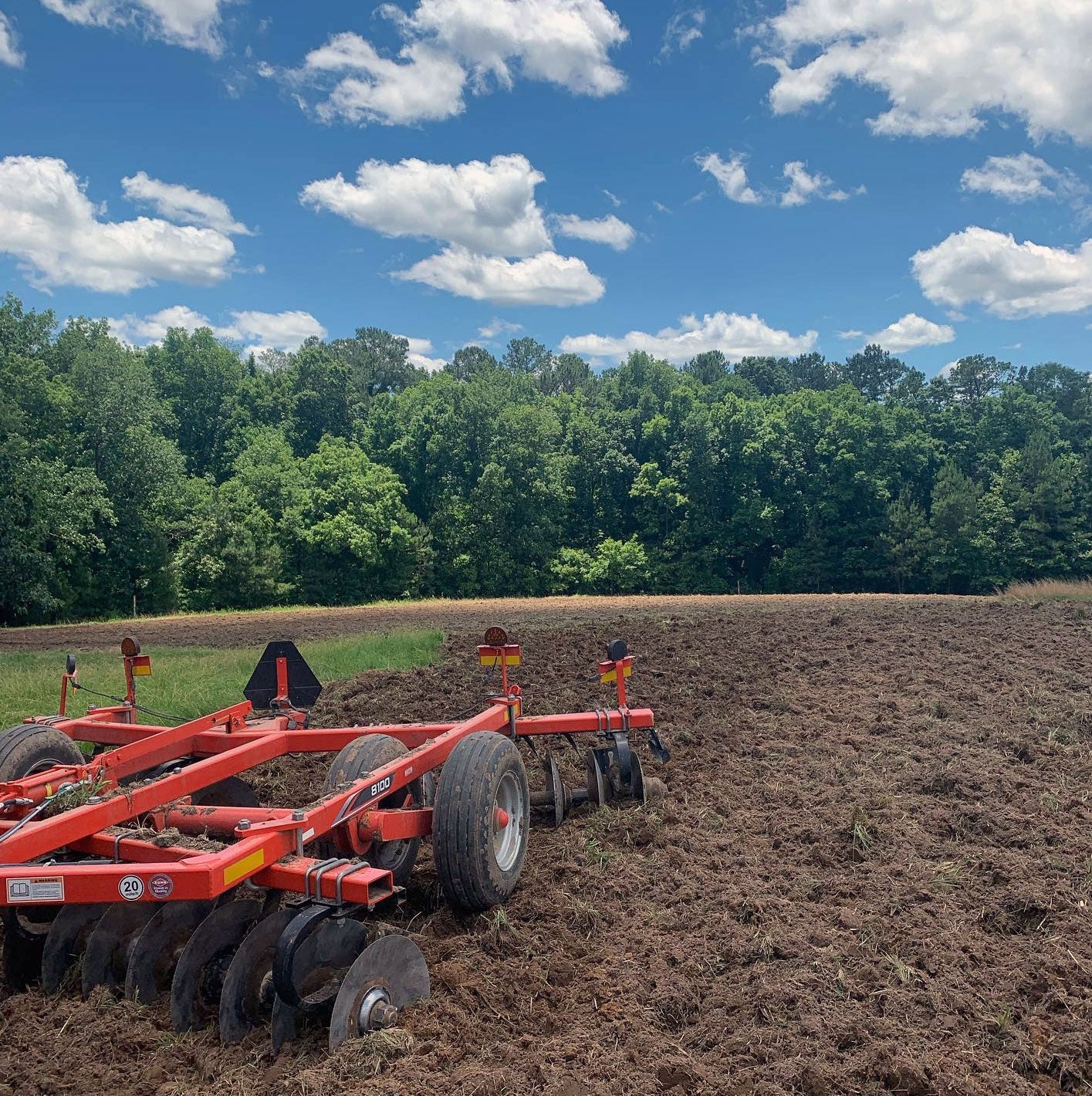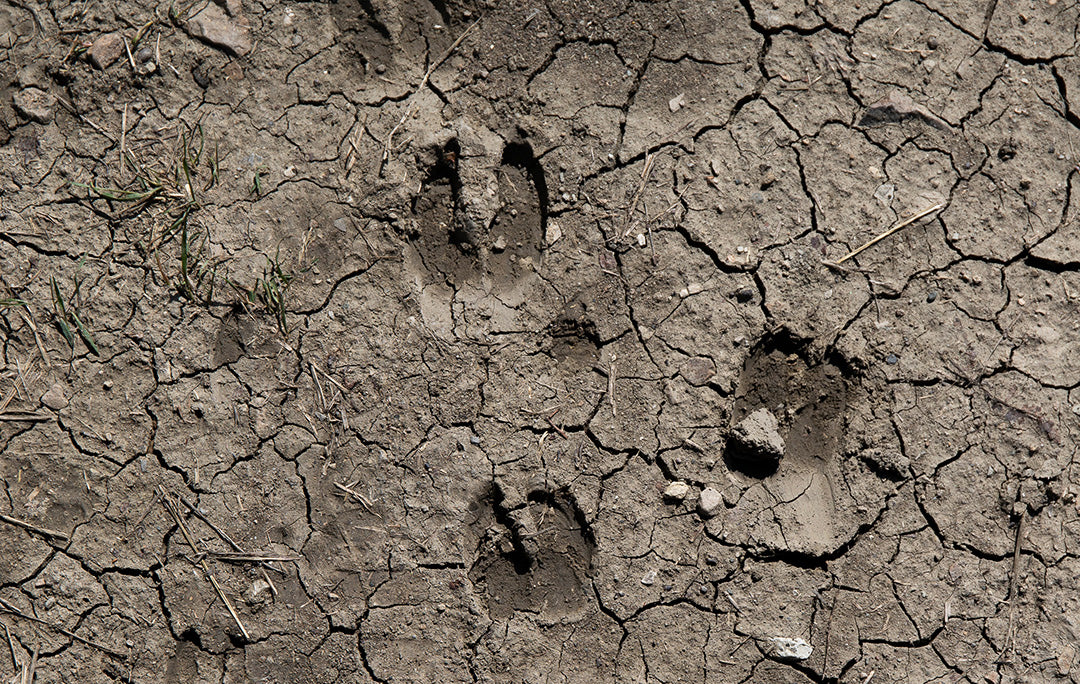Data & Censusing
Ok, you’re sold on deer management. You’ve taken stock of what you’ve got to work with, set your goals and laid out a strategy. Now, you need good data to establish your baseline, guide your decisions and monitor your progress. Let’s now take a look at the data you need and how to get it.
Deer data can be divided two ways – harvest data and herd data. Data taken from harvested deer tell us about deer size and condition by age class and sex and is essential in monitoring herd quality. Key data from harvested deer include sex, age (somebody needs to be able to age harvested deer by tooth wear and replacement), weight (live and dressed), the gross B&C score of bucks (or some other standard means of measuring antler size and dimensions) and, of course, the total number of each sex taken. When and where deer were harvested and who took them is also important. I like to keep notes on injuries, parasite loads and other pertinent observations. Some managers also keep records on the weather conditions and hunting circumstances to help determine movement patterns and hunting trends.
Good records are essential. I use a Total Harvest Form to record key data on all deer harvested. I keep a separate Buck Harvest Form on all bucks harvested. On it, I record all pertinent data, including gross B&C measurements and score and a picture of the buck. Over time, all this info will paint a clear picture of where you are in your program.
Gathering herd data, or censusing, is a bit more challenging …and inexact. You’ll never have absolute numbers, only ratios and relative data. It is simply not reasonable to expect to be able to get an accurate count of all the wild deer on a tract. The goal is to count a representative cross-section of the herd, identifying does, fawns and antlered bucks, to get an idea of the buck:doe ratio, buck age structure, recruitment rate and total population. To determine buck age structure, I break antlered bucks into yearlings, 2.5-year-olds and 3.5 and older.
For natural mortality, I keep records on all deer found dead. After a while, you’ll start to get a feel for natural mortality. Also, if possible, find out what your neighbors take each year and factor their harvest into your numbers as you see fit. If you can’t get that info, your numbers probably won’t add up, especially on small tracts where your deer are shared with your neighbors.
How do you go about censusing a herd? Infrared cameras, like the ones Reconyx makes, can be strategically placed in high-use areas for a hot new censusing tools. They really do work, but be consistent in their placement, the time of year they are used and the time they are at work. Then, study the deer carefully to identify as many individual deer as possible by sex and age. Bucks, of course, are relatively easy to identify; does and fawns are a challenge. Digital technology is making censusing cheaper and more user-friendly than film.
Aerial censusing using helicopters and airplanes is a proven method in areas with low cover and areas with dependable snowfall. Helicopter surveys are the standard means of surveying in Texas, especially in South Texas Brush Country. I have extensive experience with helicopters surveys. With good spotters, an experienced pilot and year-to-year consistency of timing and methodology, helicopter surveys can provide excellent data, but they will not provide anything like a 100 percent count. About 30 to 40 percent effectiveness can normally be expected under good conditions. I’ve tried helicopter surveys in the Southeast but only succeeded in scaring the dickens out of a handful of deer, myself and my pilot. I have some experience with small airplane surveys in snow country, and good data can be gathered when good snow cover increases visibility, but it’s not as effective as helicopters surveys.
Spotlight surveys work fairly well. I’ve used them quite a bit and have gotten good data with them. The best time is in the late summer and fall. It’s harder to take spotlight surveys in heavy timber. I like to use the technique in broken country with agricultural crops.
Then, there is the old standby – visual observation. This is one of my favorite techniques and one of the most effective…when hot agricultural crops or food plots are available to concentrate deer during the late summer/early fall. It’s cheap, easy, fun and a source of great data. Armed with that invaluable management tool, the video camera, you’ll have a complete record of what you’ve seen. As with any censusing technique, be consistent from year-to-year.
Next time, were going to delve into the aspect of deer management that has the greatest potential for improving the quality of your deer herd – better nutrition. I’m David Morris. See you then.
Posted by David Morris











Leave a comment